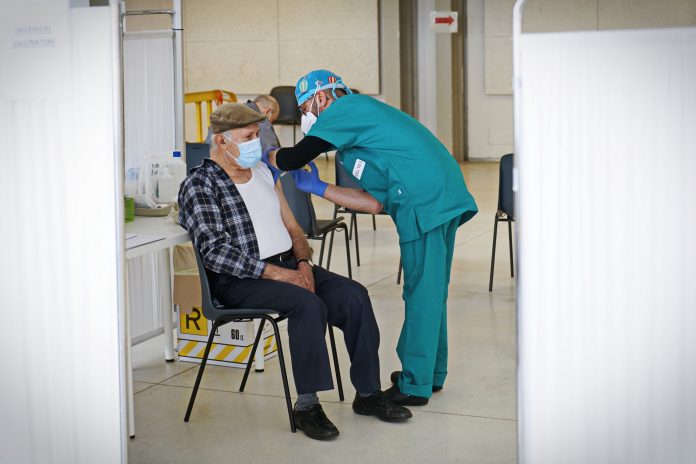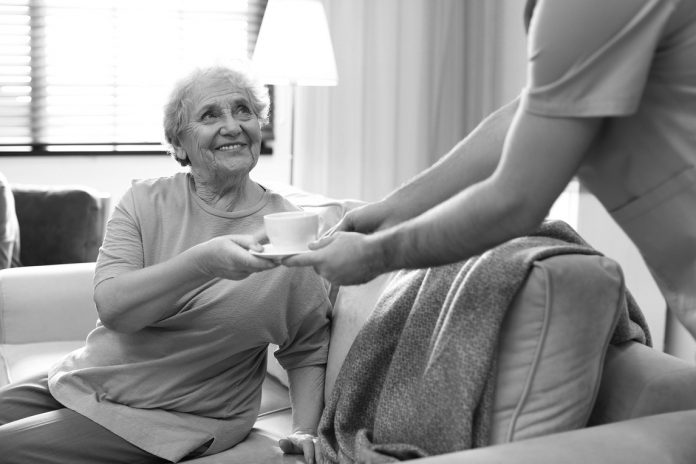Research looking at successful immigration – analysing those who remain in their new locations as opposed to those who leave – finds that cultural similarities play a key role in the decision
New research reveals that the culture of an immigrant’s new home may be a key factor in whether the move is successful, and they ultimately remain in their new home.
Though there are many reasons as to why people migrate, the study gives insight into migrations of the past, as well as what makes immigration successful today.
Overall, when people move to an area with a similar culture, like having a common language or similar social networks, the migration is more likely to be successful. This is opposed to if a person moves to a location that is ecologically superior, for example, if it has better farmland, because which the ecological superiority helps, its not as personal to make the migration decision stronger.
The results give evidence about why people of the past either chose, or declined, to migrate to new places already settled by others.
Learning from the local population
Robert Lynch, postdoctoral researcher in anthropology at Penn State, said: “Our findings suggest that humans may be able to successfully adapt to new locations as long as they are able to form connections with and learn from the local population.
“It’s likely that immigrants are happier and more likely to stay when migrating to places where there are people who are similar to themselves, for example, sharing the same religion, language, or customs.”
Published in the journal Proceedings of the Royal Society B, scientists believe that many human migrations of the past happened when people left in search of better environments, for instance if their own farmland deteriorated due to climate change.
However, more recently, some researchers have theorized that people are more likely to move to places with more culturally similarities as their original homeland.
While former studies have relied mostly on data from successful migrations, the researchers were able to access data from a natural experiment in Finland during World War II that additionally had information on unsuccessful migrations.
Focusing on Karelia, Finland, during the war, the population was forced to evacuate to new locations in western Finland. The researchers used data on 22,074 evacuees from Karelia to create and run several models to analyse which factors best predicted the likelihood of evacuees either returning to Karelia or remaining in their evacuation destination. After two years, the migrants were given the opportunity to move back but only some returned while others did not.
Lynch suggested: “This was a rare historical occurrence that provided us with a really interesting way to analyse the actual behaviour of a huge population of people who essentially voted with their feet. They either went home or remained in their new homes, which made them an ideal population for trying to answer what leads to a successful migration.”
Sociocultural factors like linguistic differences were the biggest obstacles to migration
Factors included sociocultural characteristics – such as linguistic differences and whether they married since being evacuated, and ecological characters of their new home, such as the average temperature and rainfall.
The study discovered that across all models, being younger, being male, marrying outside of one’s ethnic group, being educated, and evacuating to a linguistically more similar area were associated with a higher likelihood of remaining in their evacuation destination instead of returning to their homeland.
Other sociocultural differences such as linguistic differences and marrying within a minority ethnic group not part of the evacuees’ new community were the most prevalent obstacles to successful migrations.
Lynch added: “While these findings tell us nothing about primary migrations – the first people to ever populate an area – they do tell us a lot about secondary migrations.
“Our results show that these secondary migrations in the past are more likely to fail if the migrants are unable to integrate into and learn from the host population than if they are confronted by ecological constraints, like poor soil conditions for farming.”






















